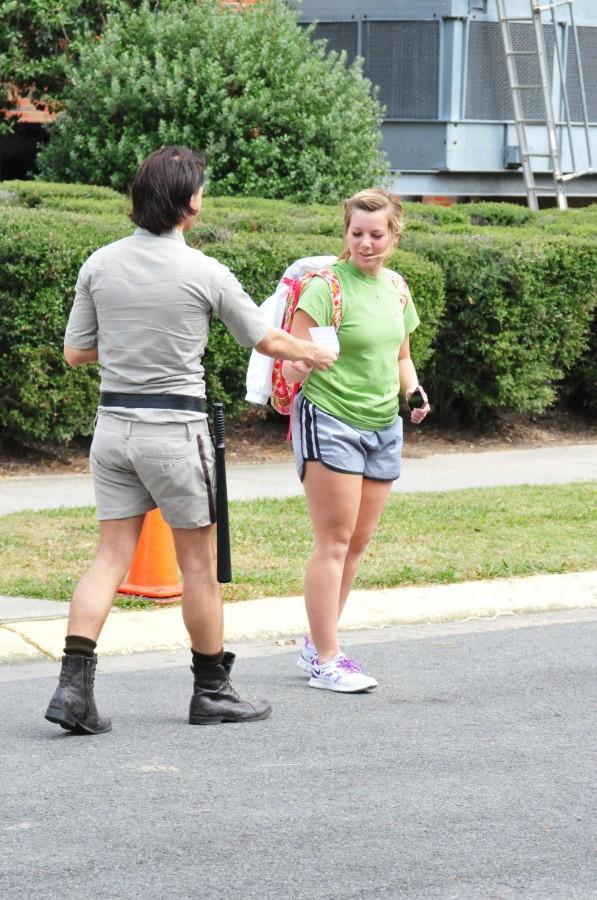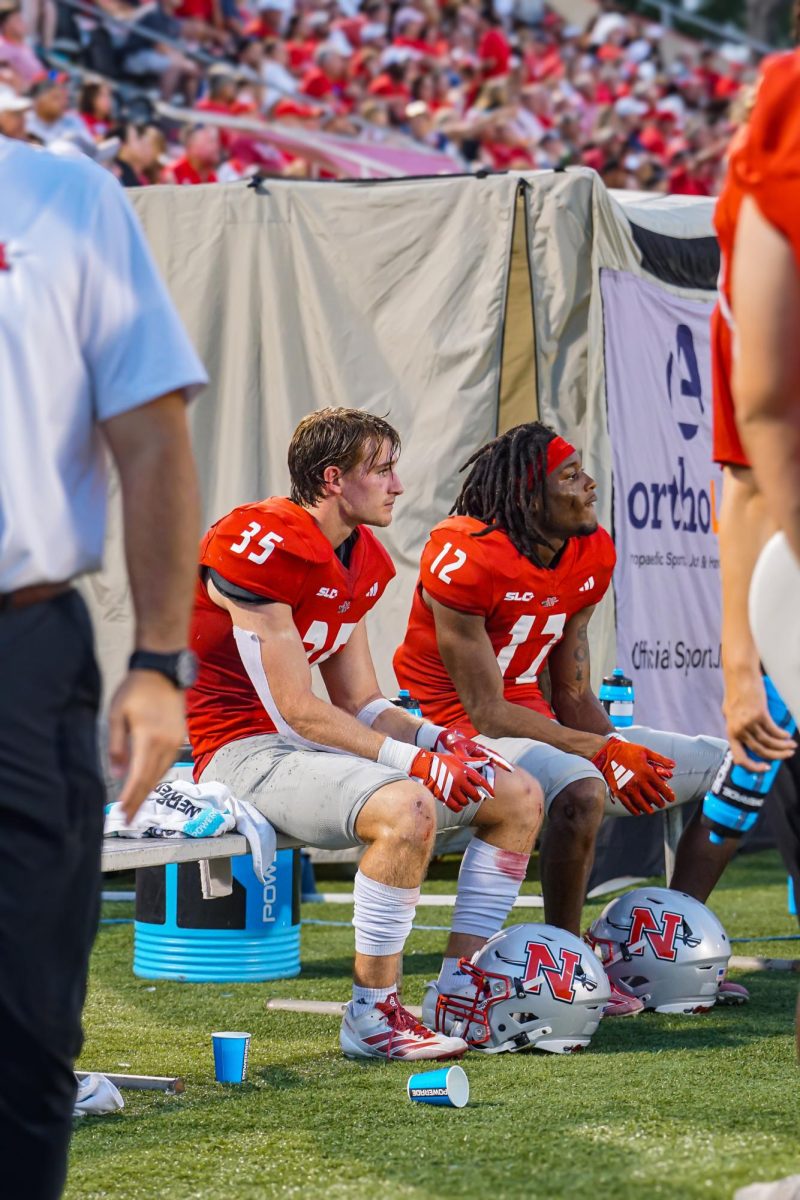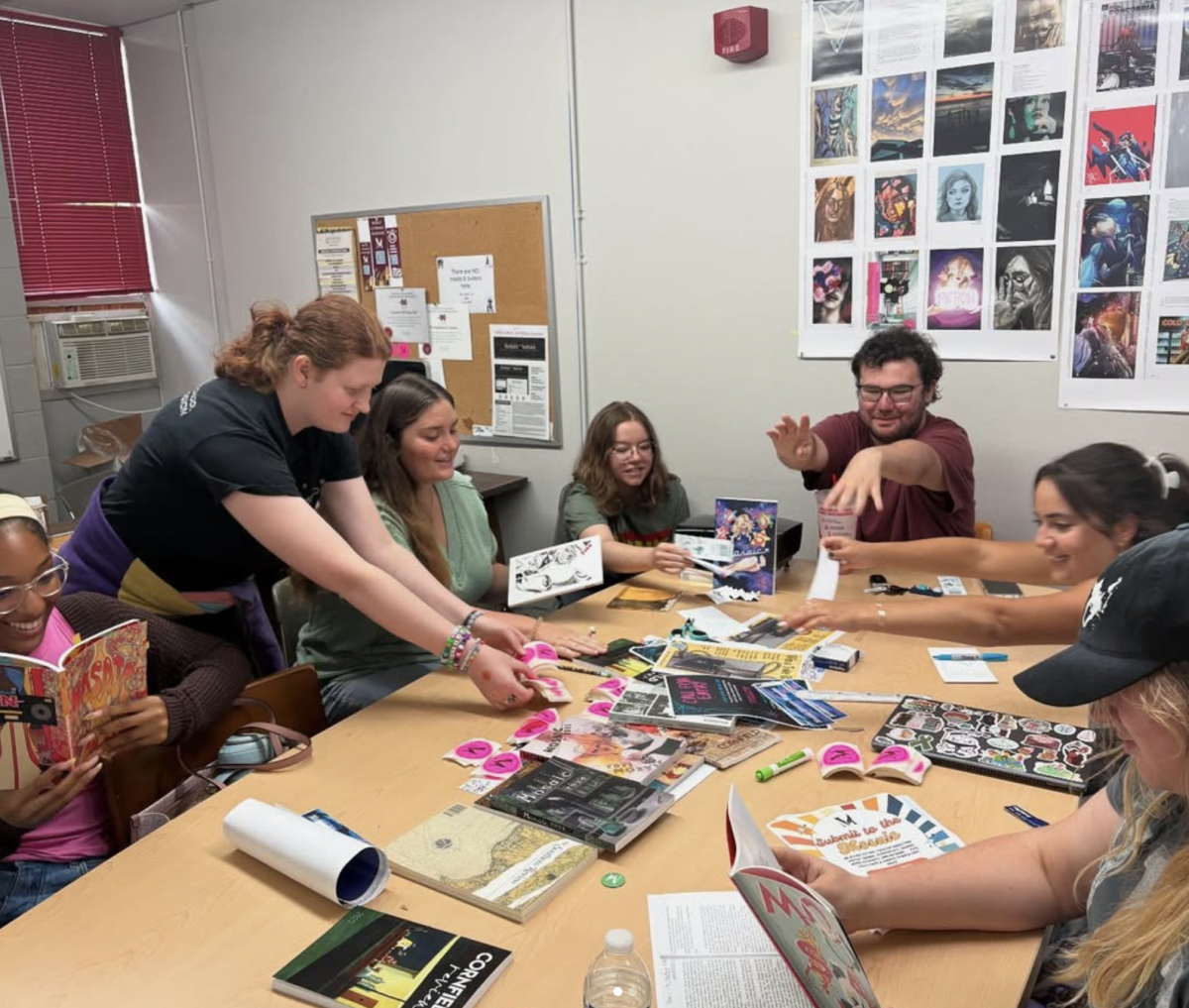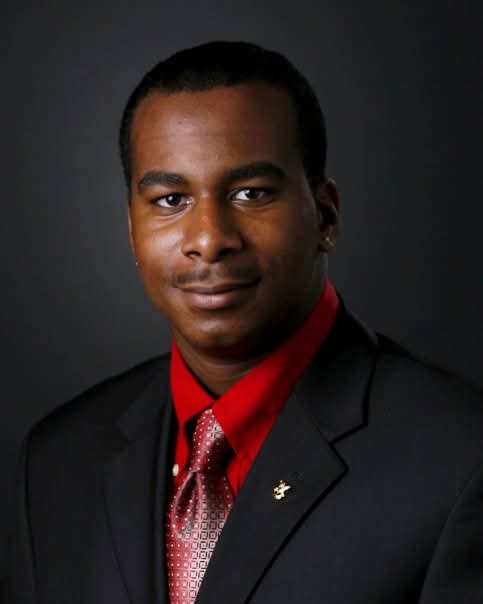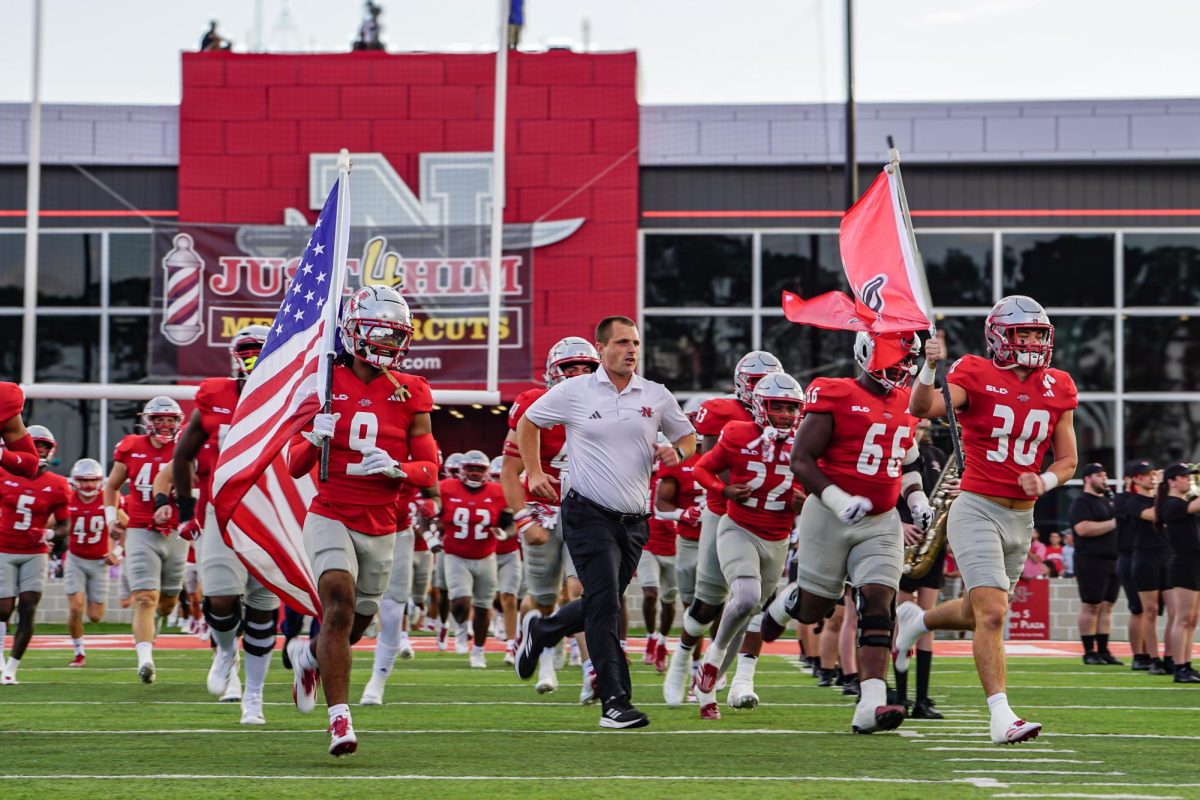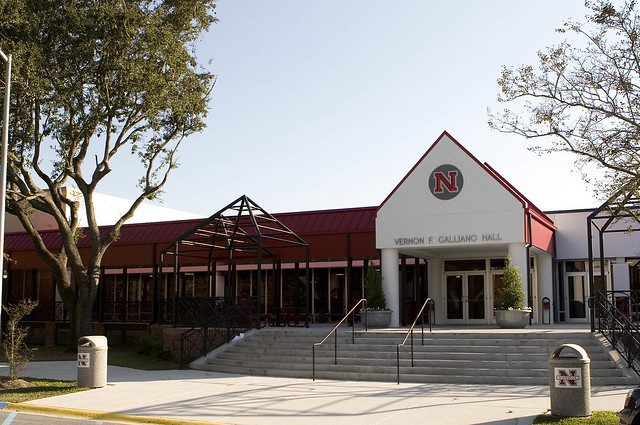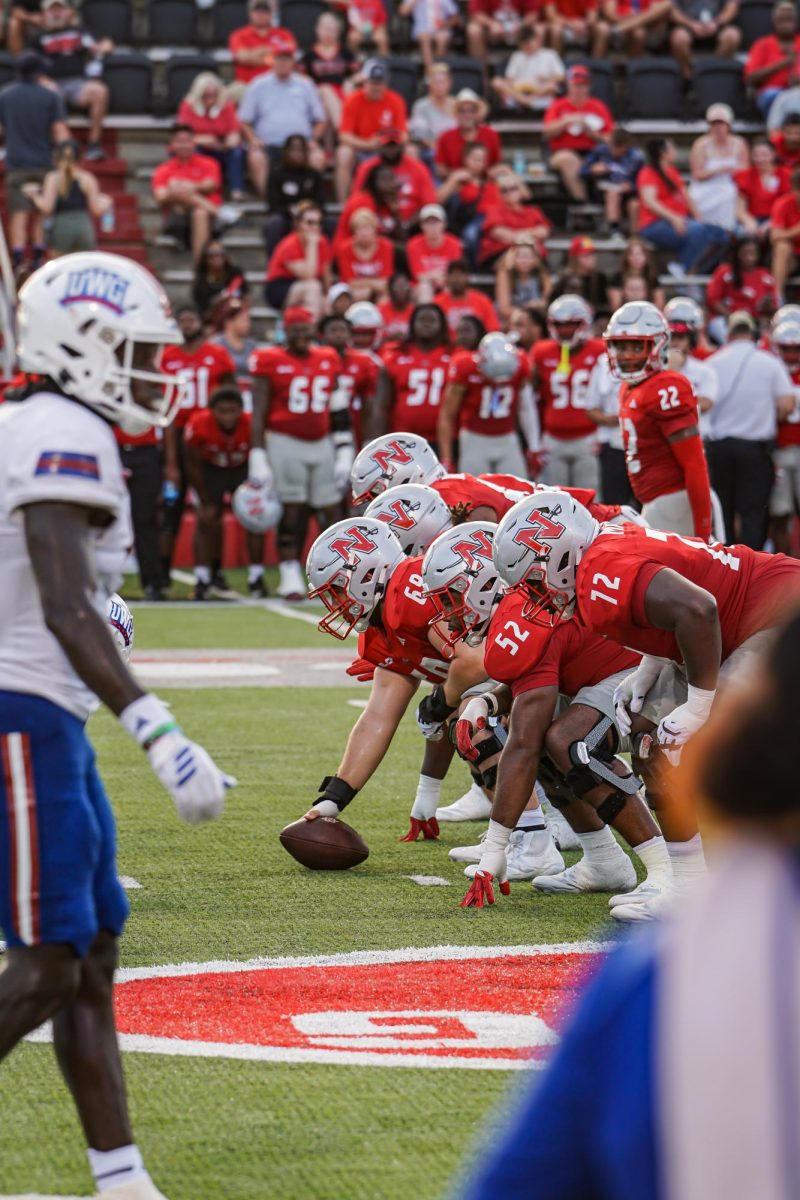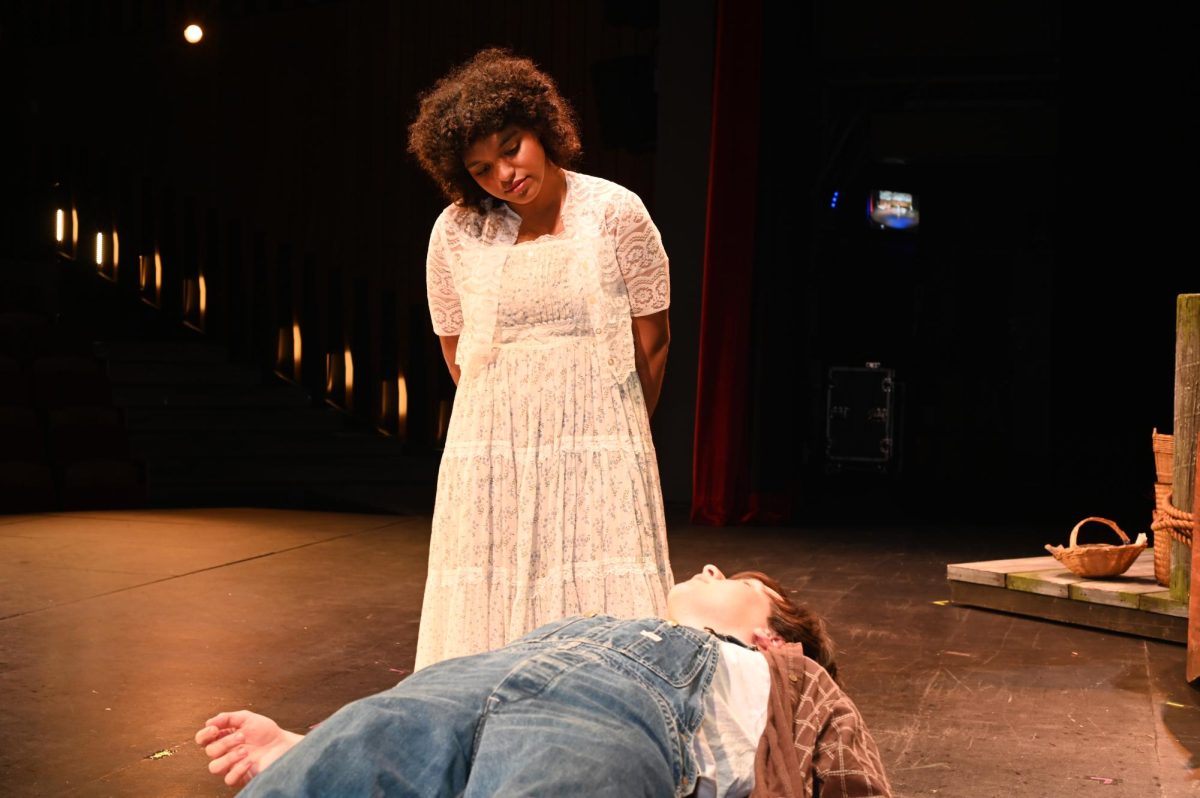Sidewalks on the University campus pose a continuous problem for students, faculty, staff and visitors.
“We are constantly looking for ways to improve the campus but sidewalks can create a problem because they will continuously move,” Mike Davis, director of physical plant operations said. “One day the sidewalk may rise a few inches, and within a few days, fall back into place.”
Andrew Schlesinger, mass communication senior from New Orleans, said he understands how the upkeep of sidewalks can be a continuous problem, but there are areas on campus where it is often difficult for his wheelchair to pass.
“There have been some improvements,” Schlesinger said. “It’s unacceptable because I see the University catering to our sports programs, and other things that shouldn’t be as important as we’ve made them.”
Davis explained that although some areas of the sidewalk may cause problems for handicapped personnel, it is hard to determine when the sidewalk should be fixed.
“Chances are, it will move again within a day or so,” Davis said.
A consultant has been hired to go through campus to find problems that may arise with the Americans with Disabilities Act. He also said that if there is ever a serious problem with a sidewalk that becomes a safety issue, it is taken care of as soon as possible.
Michael Jeffress, speech instructor, did a project with his Interpersonal Communication Speech 201 class to show his students how different perspectives alter the way people communicate.
“We had an emphasis with one element of the class on how to communicate with people with special needs and disabilities,” Jeffress said. “We also looked at how our campus communicates non-verbally about how we value people with certain disabilities.”
Students in the class were expected to navigate through particular areas of campus during class time in a provided manual wheelchair, with crutches or a walking stick.
Chelsie Bergeron, English education sophomore from Pierre Part, was in the wheelchair for the project and said the sidewalks are unacceptable.
“It was hard for me to maneuver the wheelchair by myself,” Bergeron said.
Bergeron explained that her wheelchair frequently got stuck in cracks on the sidewalk or uneven pavement.
“I understand that the sidewalks would have to be repaired repeatedly, but this should be a wake up call to people on campus,” Bergeron said. “It goes farther than the problem with sidewalks. People need to help those who don’t have the means to maneuver through the sidewalks, because it will continue to be uneven.”
Raleigh Benoit, English education sophomore from Destrahan, was required to “be blind” for the project by walking around campus with her eyes closed.
“I believe our entire class was moved by the project and made more aware of the challenges those with disabilities face on Nicholls campus,” Benoit said.
Megan Soulie, mass communication junior from Luling, was on crutches for the project and said she had trouble with doors and sidewalks.
“If I really had an injury, I would have fallen multiple times because the sidewalks are really cracked in areas,” Soulie said. “I understand it costs money, but it’s for safety on campus and there is no reason why these things shouldn’t be fixed within a reasonable time frame.”
Davis said that sidewalk repair is a constant struggle. He explained that sidewalks can be damaged by the climate, plants and construction.
“In south Louisiana, when we have a drought, the ground sinks and along with it, so does the sidewalk,” Davis said. “When it starts raining again, the ground becomes saturated and shifts. The sidewalks are constantly changing with the weather and change of seasons.”
He also explained that tree roots can cause major problems with sidewalks. The alternatives are to move the sidewalk, shave the tree root, remove the tree or continuously fix the sidewalk because of the protruding roots.
“There are some areas of campus where trees have been planted closer to buildings and sidewalks than they should be,” Davis said. “That is why some sidewalks swerve to avoid a tree root or something. I hate to disturb the trees, but sometimes it’s necessary.”
Davis said about $76,000 was spent on repairing sidewalks over the summer. The money was generated and dispersed into various University projects after the University sold some farm property that was no longer being used.
The approximately $230,000 generated from the sale of the farm manager house and property was used throughout campus to fix things like light poles, curb cuts for handicap accessibility and the patio near Shaver Gym.
Besides the regular assessments of the University, Davis said he walks around campus in the evenings to look for problem areas. He also explained that a group of faculty and staff members walk the University campus at night to check for dark spots and other areas that could provide a safety problem.
“Safety is always one of our main concerns,” Davis said. “We do our best to keep up with problems as they arise.”


